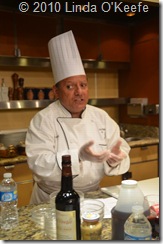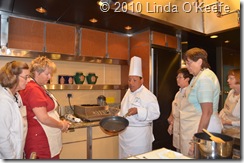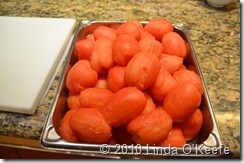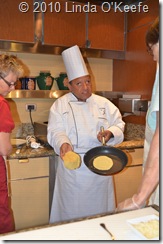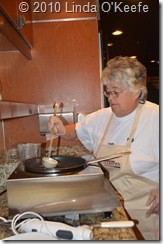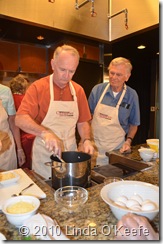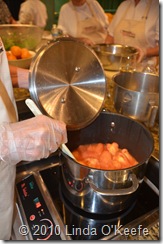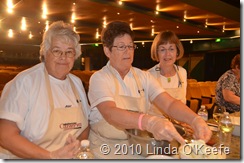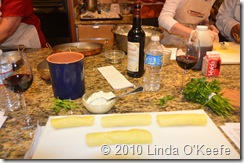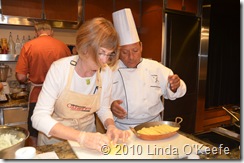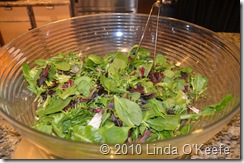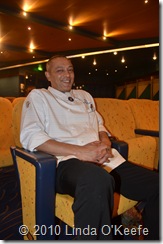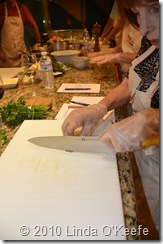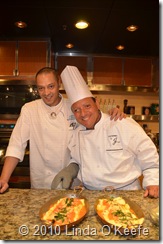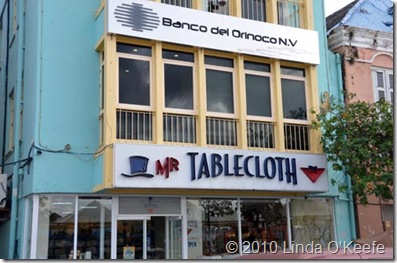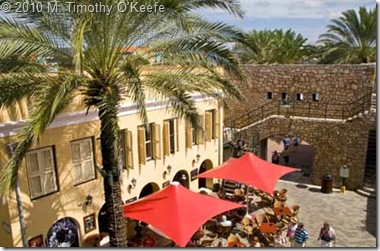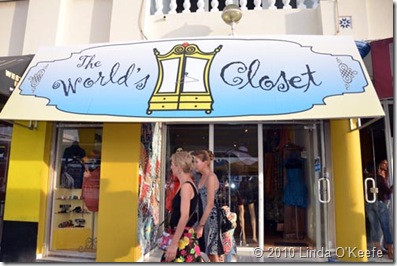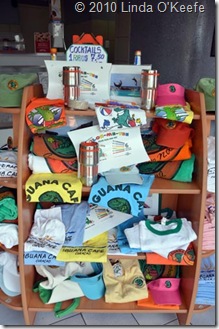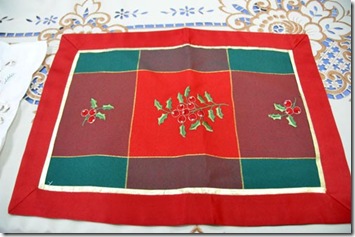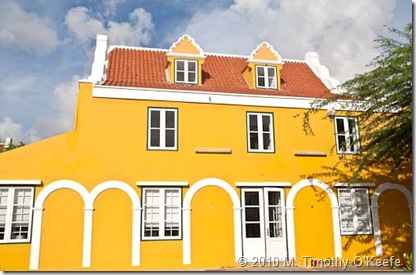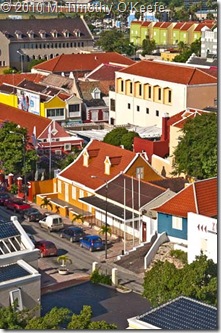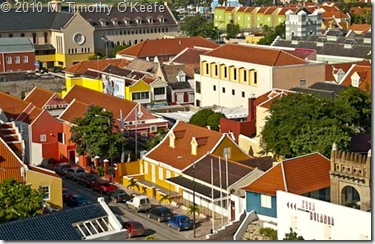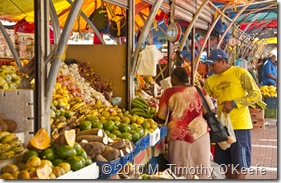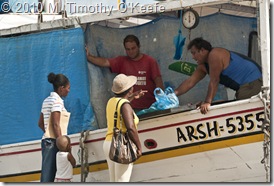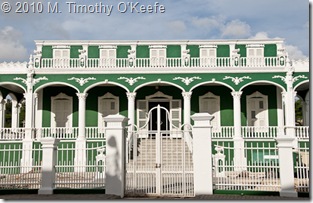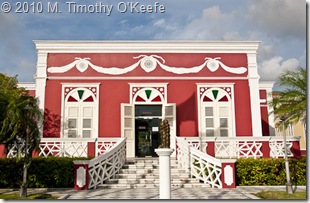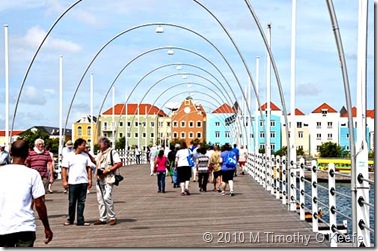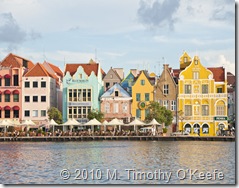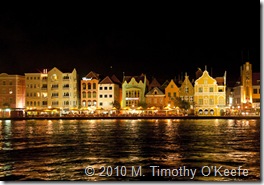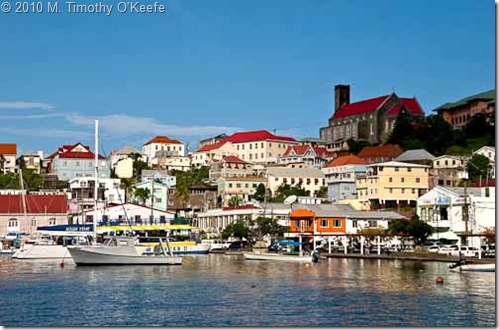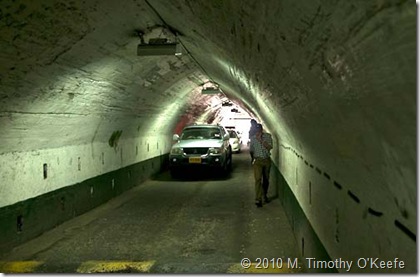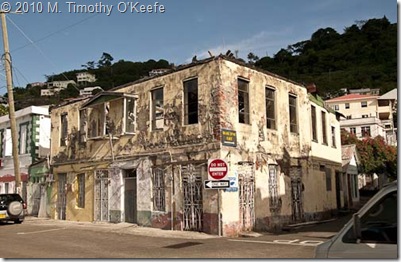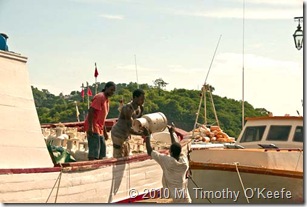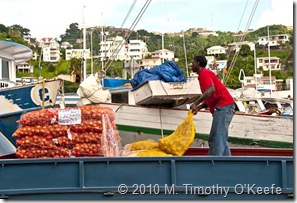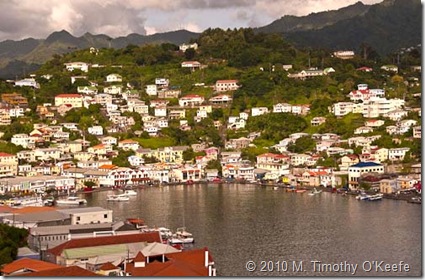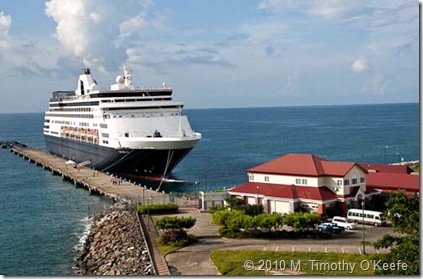Samana is one of the least visited areas on the Caribbean’s most visited island.
This port deserves a lot more traffic.
An Overlooked Port of Call
Although the Dominican Republic is the most visited island in the Caribbean, cruise ships from U.S. ports are amazingly sparse. From what I’ve been able to determine online, only 3 cruise lines are scheduling stops at the Port of Samana in the coming year: Royal Caribbean, Holland America and Norwegian Caribbean (NCL).
Strange, considering the Port of Samana is the entryway to one of the Eastern Caribbean’s few remaining unspoiled regions. Furthermore, each winter thousands of humpback whales migrate to the Bay of Samana and provide the unusual opportunity to view these titans at unusually close distance. That’s a shore excursion not possible anywhere else in the Caribbean. Also available here are waterfall treks, zip lining and (according to Conde Nast Traveler) one of the world’s 10 best beaches.
The Samana Peninsula, among the few Caribbean areas offering an authentic island experience, remains largely undeveloped, without the same-same of most other island ports. But why are there so few cruise passengers to enjoy all this?
Port Location
The Port of Samana is located on the Samana Peninsula, on the northeast coast of the Dominican Republic. In terms of size, the Samana Peninsula is larger than many other Caribbean islands. From the town of Sanchez near the start of the peninsula to the road’s end at Las Galeras is about 40 miles in length. The spit of land is about 10 miles wide at its widest point.
The Atlantic Ocean borders the peninsula’s north coast; the Bay of Samana flanks its south shore. The Port of Samana is located at the capital of Samana Province and its largest city, Santa Bárbara de Samana, often called Samana or Samana City.
Some cruise lines prefer to call this stop Cayo Levantado Port after the small island in Samana Bay (a popular day excursion) over Port of Samana. Regardless, your ship ends up at the same anchorage in the Bay of Samana.
Main Area Attractions
The Samana Peninsula is one of the least developed parts of the Dominican Republic and has terrific eco travel opportunities. Some of the beaches here are superb. Playa Rincon, for instance, was rated one of the world’s 10 best by Conde Nast Traveler. Samana City’s main attraction is a unique one: the chance to get up close to humpback whales–better than you ever will in Alaska—but in warm weather during winter months. Horseback riding, ATV rides, offshore fishing and waterfall treks are just a few of the other varied shore excursions.
Docking Facilities
The cruise ship anchors in the Bay of Samana between one and two miles from Samana City. Ship tenders shuttle passengers back and forth to the tender pier, a trip of about 10 minutes. Restroom facilities are available at the tender pier.
Local Transportation
The town of Samana is small and can easily be explored on foot. However, mini-van taxis are available near the tender pier, their rates posted in U. S. dollars. Rates are based on eight passengers and include a 2 hour waiting time at your destination. Additional time is billed at $20 per hour. Taxi drivers sometimes want to fill their cab with eight passengers before departing, which could cause delay. Rental carsalso are available.
Tourism Information
The Ministry of Tourism has representatives in the taxi dispatch and information booth outside the tender pier.
Money Matters
Local currency is the Dominican peso. Its symbol is RD$ to distinguish it from the U.S. dollar. Each peso is divided into 100 centavos (“cents”). Some small stores may provide change in pesos. Credit cards are not widely accepted. ATMs and banks are close to the cruise pier. Banks include such familiar names as Scotia Bank and Banco Popular. (See current exchange rate)
Internet Centers and WIFI
Although Samana is an out-of-the way location, free internet and wifi are available at many restaurants and other establishments all over Samana City.
At the Port of Samana, ships anchor off Samana City and tender
passengers ashore, a journey of about 10 minutes.
Samana City Sights
Cayo Levantado
A small offshore island about 10 minutes from the cruise pier, is a popular day excursion for swimming, snorkeling and beach BBQs. Also called Bacardi Island because of the 1970s rum campaign filmed on its beautiful beaches.
Shipwreck Museum located next to the cruise tender dock features an exhibit of artifacts recovered from shipwrecks by Deep Blue Marine, Inc., the company with the exploration and rescue concession for underwater explorations in the DR. The museum is equipped with a modernized conservation lab with a well-stocked gift shop specifically added for cruise ship passengers. The exhibitions, which do occasionally change, have included objects from Le Scipion, a French warship that fought in the American War of Independence (Revolutionary War), as well as other major historical wrecks. The museum is located next to the cruise ship tender dock.
Shopping Whenever a cruise ship visits, an open air market comes alive along the Malecon, the walkway semi-circling the port. Even if you aren’t planning to shop, a stroll along the Malecon has a festive air when the tents are full of jewelry, paintings and various handiworks. When cruise ships are absent, head to the Town Park off the waterfront where vendors sell arts and crafts at a bazaar-type market. Vendors take cash only. They may not have change for US$ dollars, only pesos.
Whale Museum & Nature Center
This small museum, about a mile from the cruise tender pier walking the waterfront on Av. La Marina, explains the migration pattern and life habits of the humpback whales that travel to Samana Bay each winter. A highlight of the museum is a skeleton of a 40-foot humpback. Open daily 9-2 Monday to Saturday. Admission fee about US$2; 809/538-2042
Cayacoa Beach
You have to share Samana City’s main public beach with guests staying at the Hotel Bahia Principe Cayacoa., A 20-30 minute walk from the cruise pier, you reach the hotel and beach by following the waterfront route.
Cayo Vigía
You reach this small island behind the Cayacoa hotel using a long footbridge. Cayo Vigia obviously has experienced better times but the walk is worth the view for photographing Samana City, the port, and the bay. You also can take a swim here.
La Churcha
Located a few blocks off the waterfront on Calle Duarte, this landmark church was brought from England and reassembled piece by piece in the 1820s. Originally a Methodist church, it is now home to the Evangelical Church of Samana. The Sunday services are celebrated with gospels.
Map & photos from Dominican Republic Ministry of Tourism

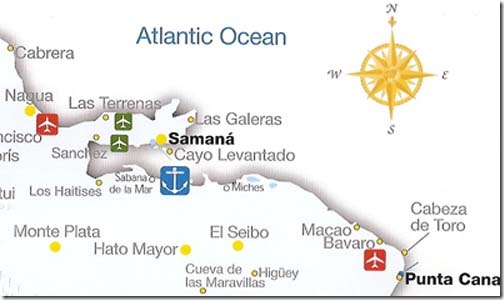
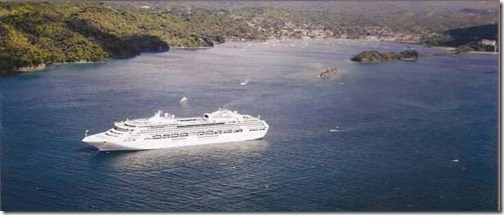
 Follow
Follow